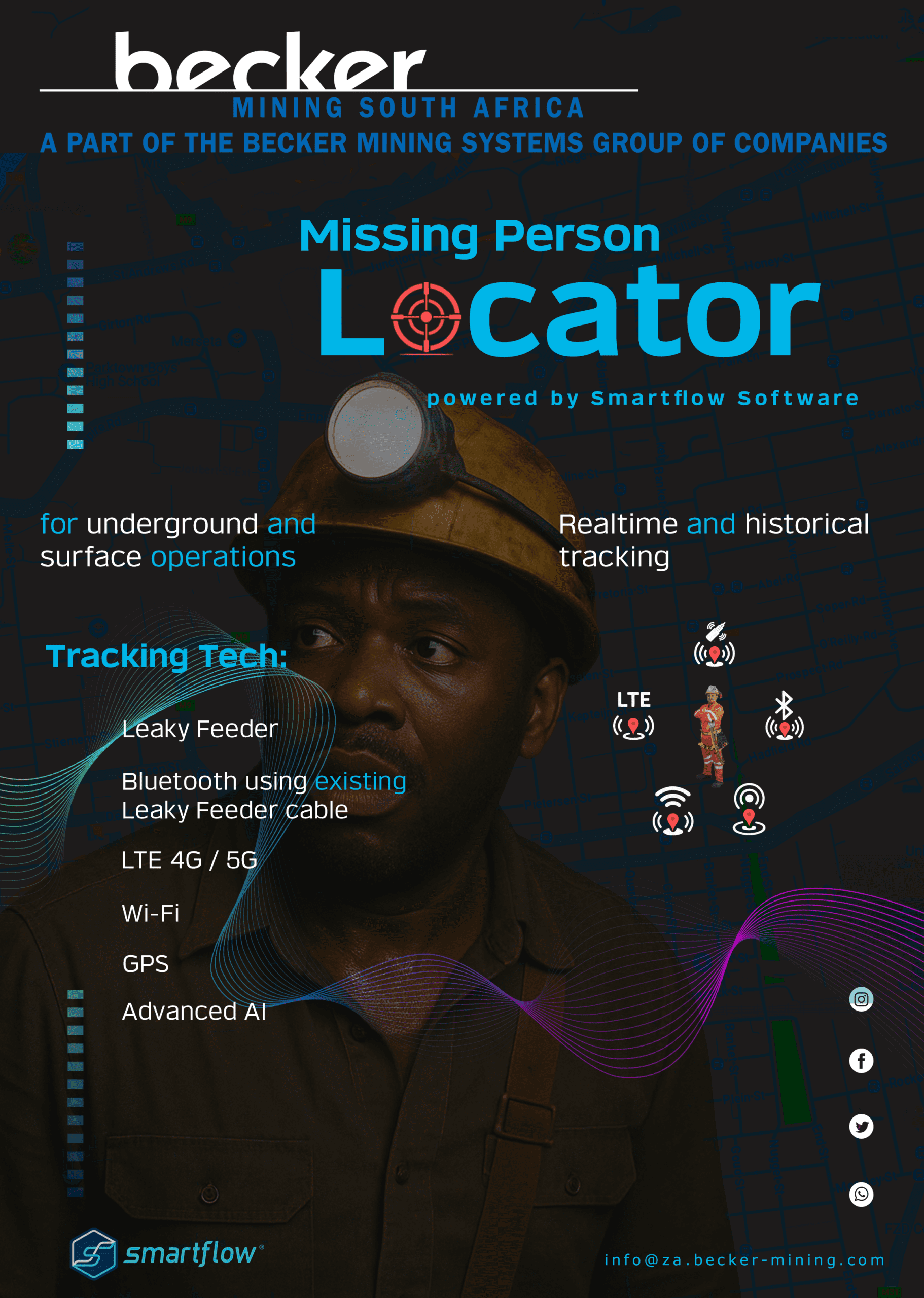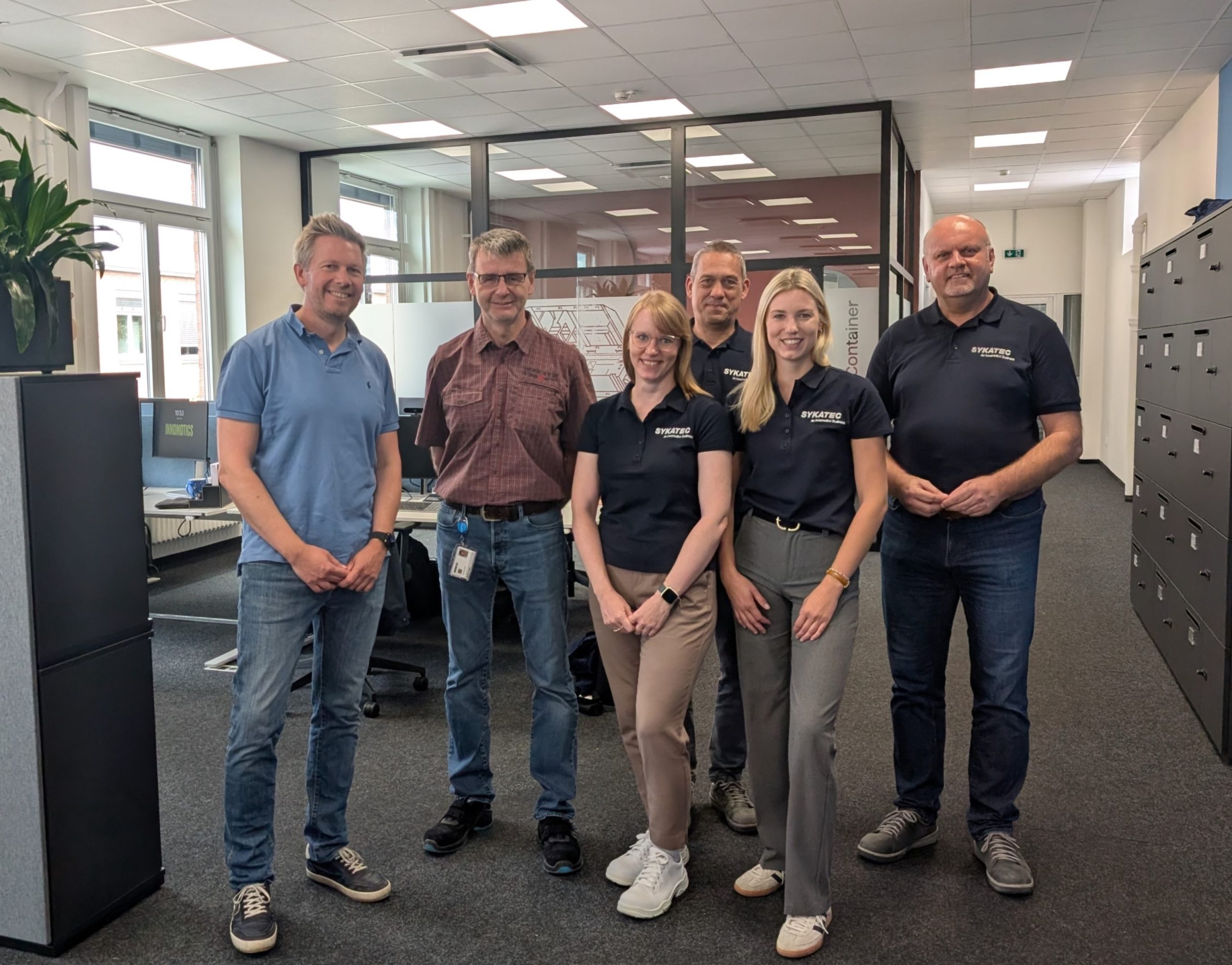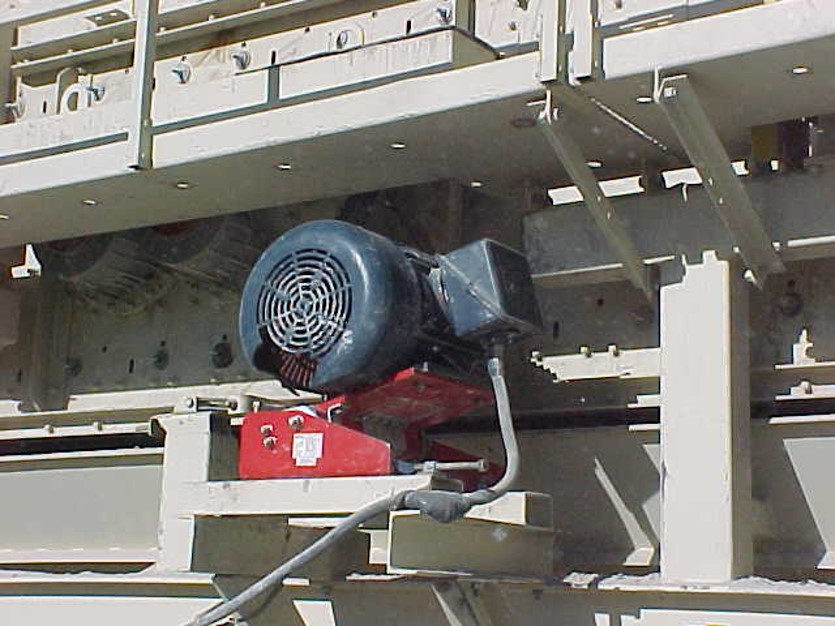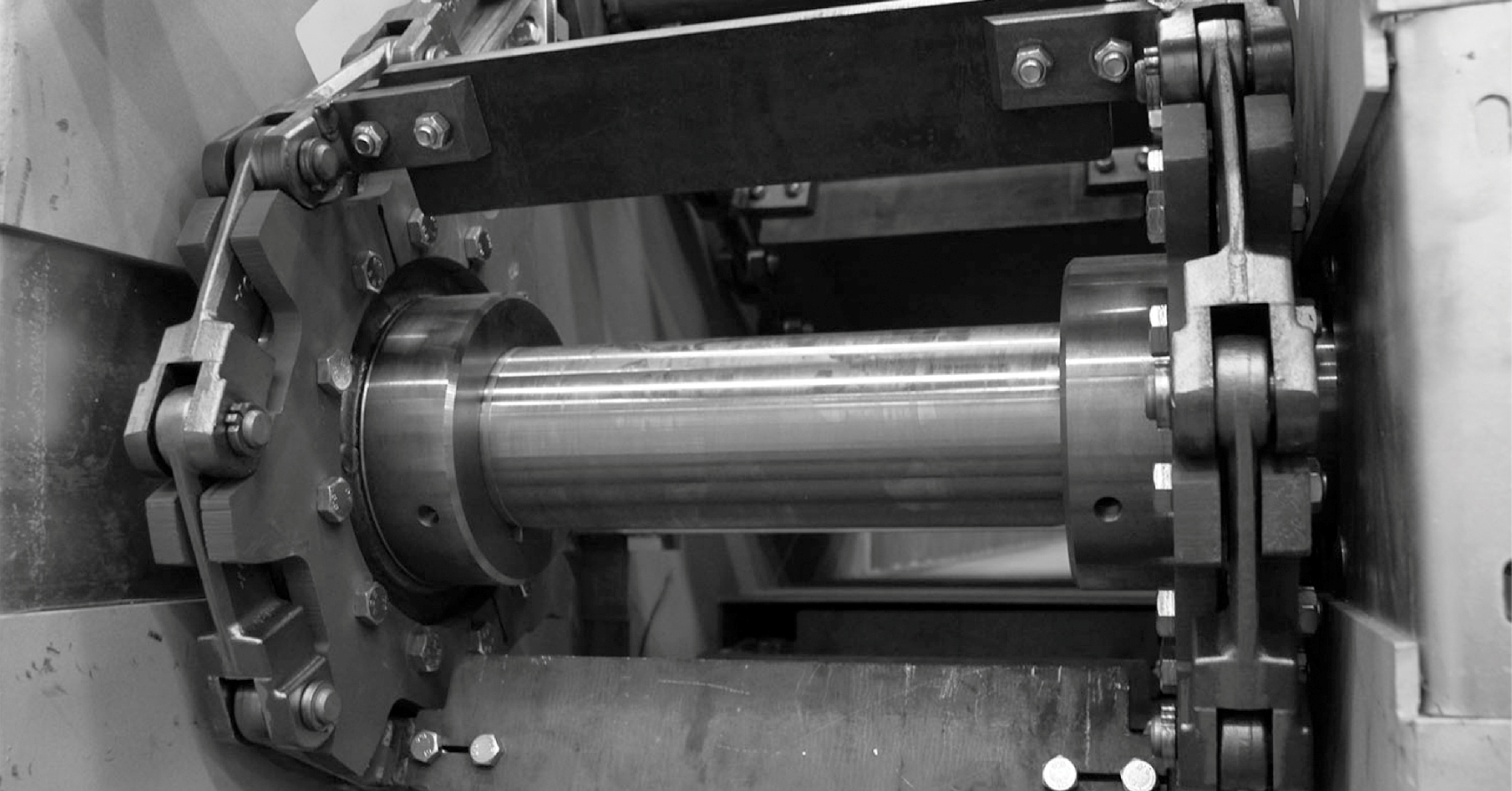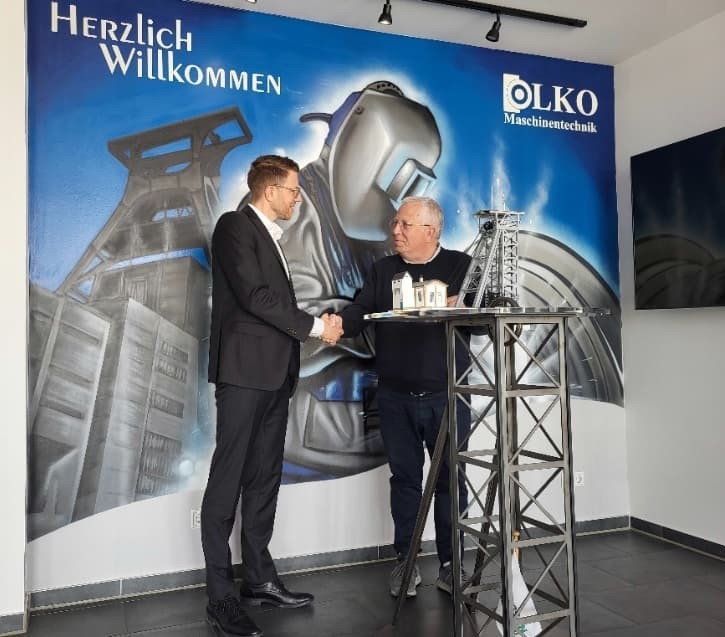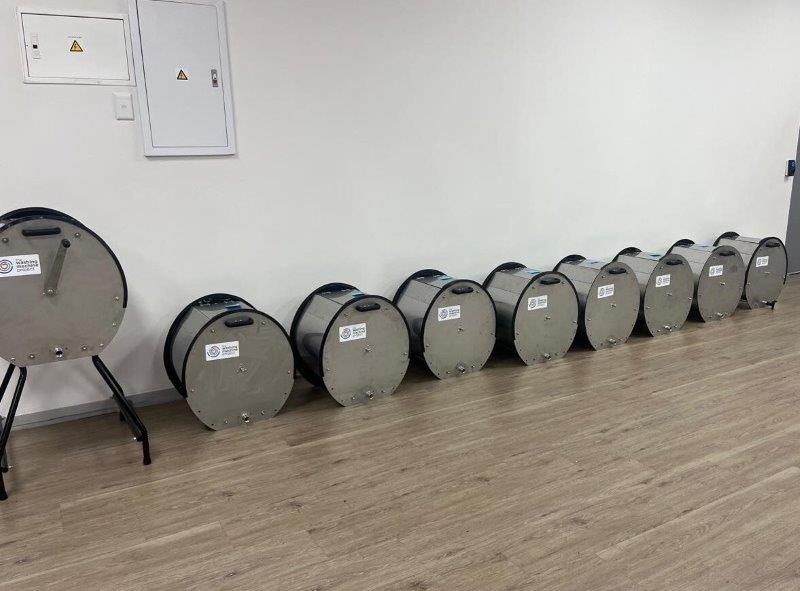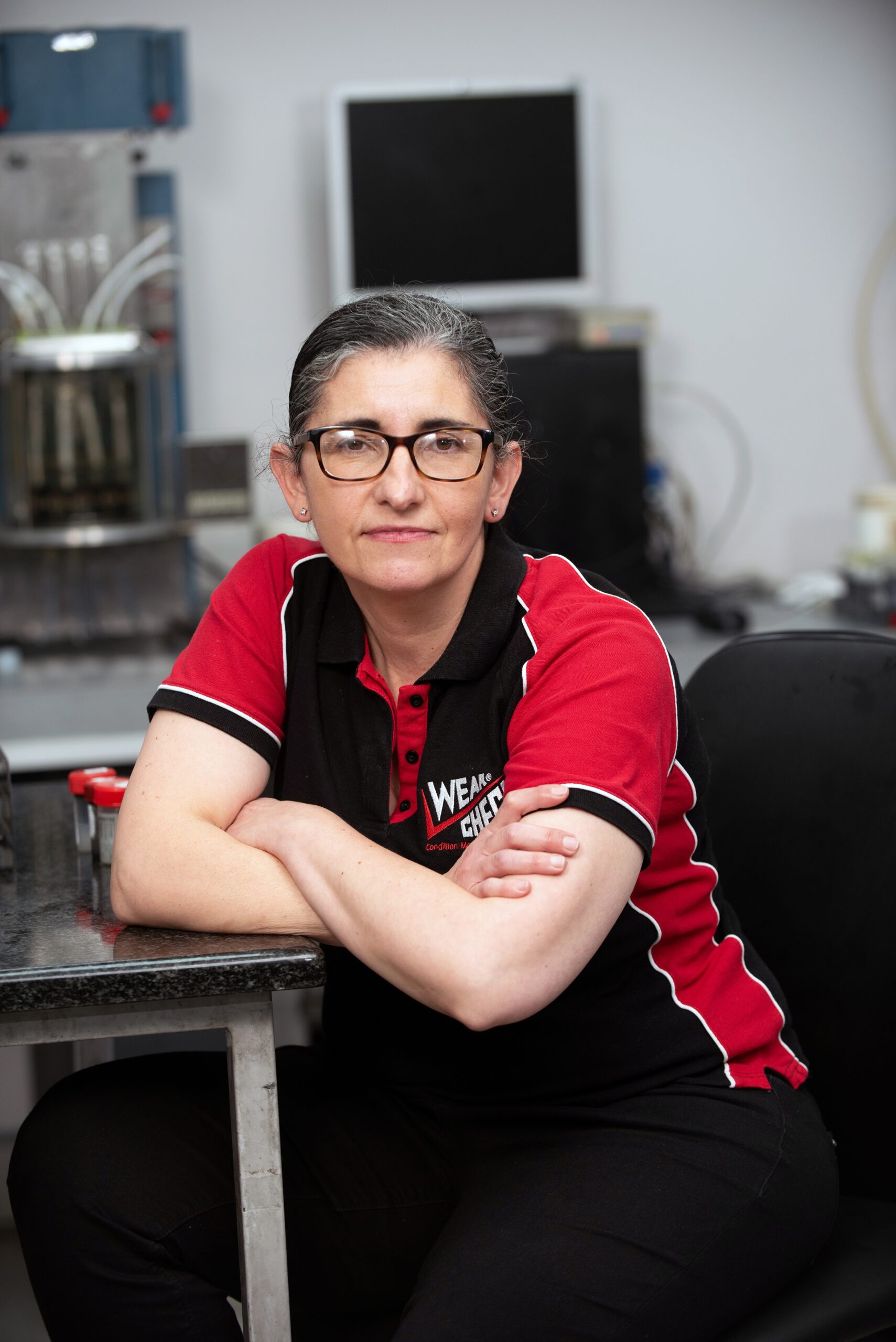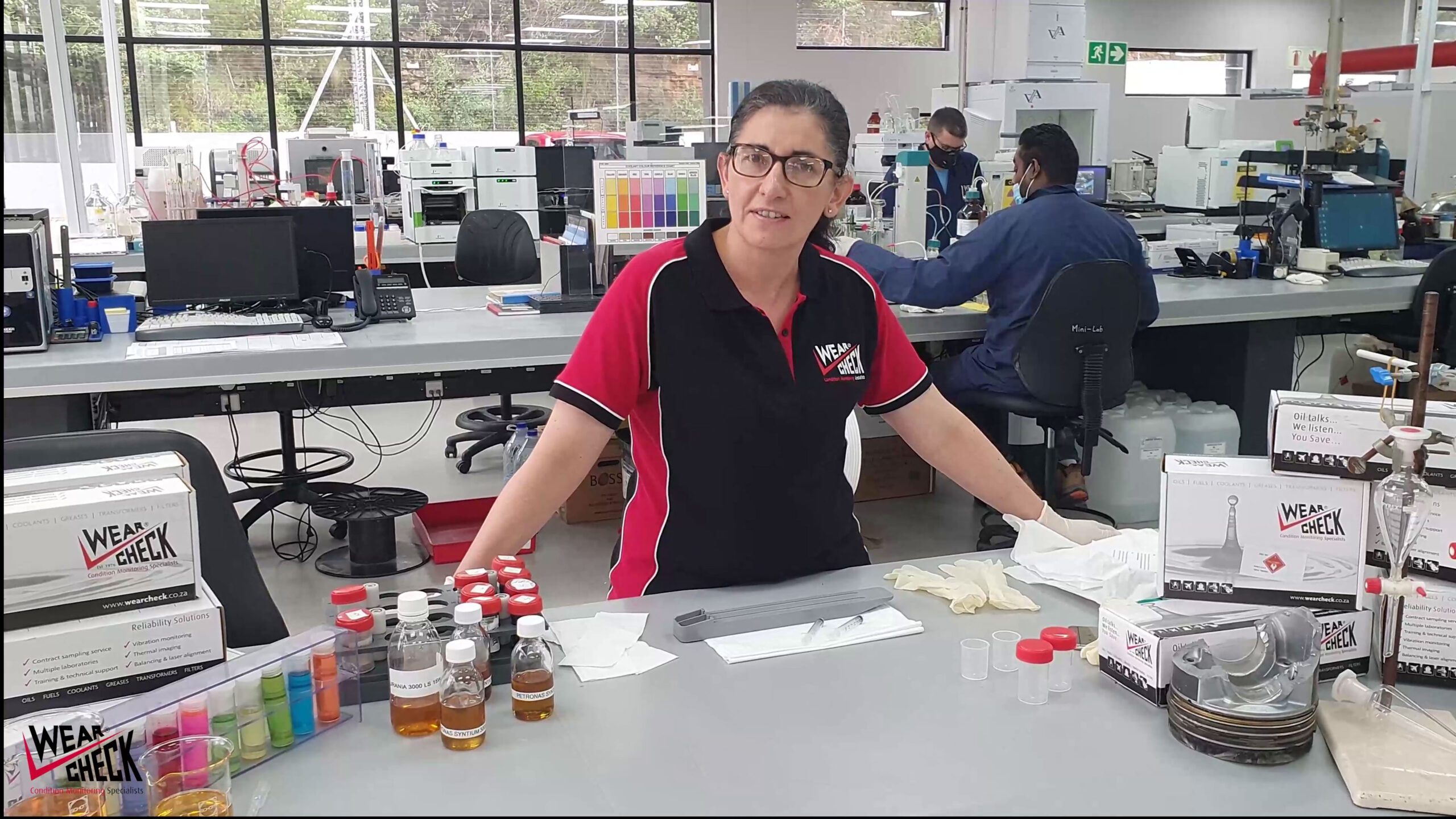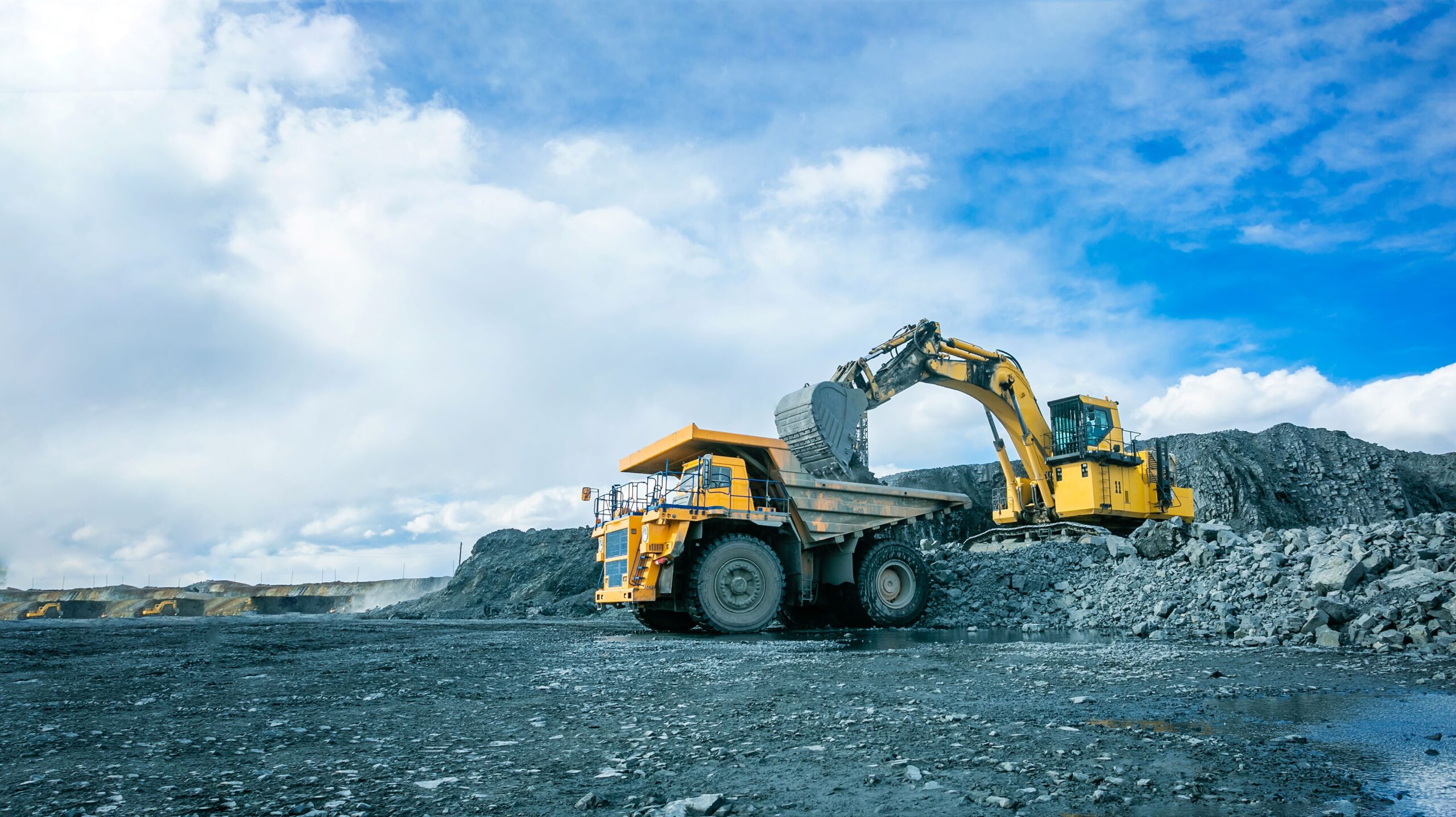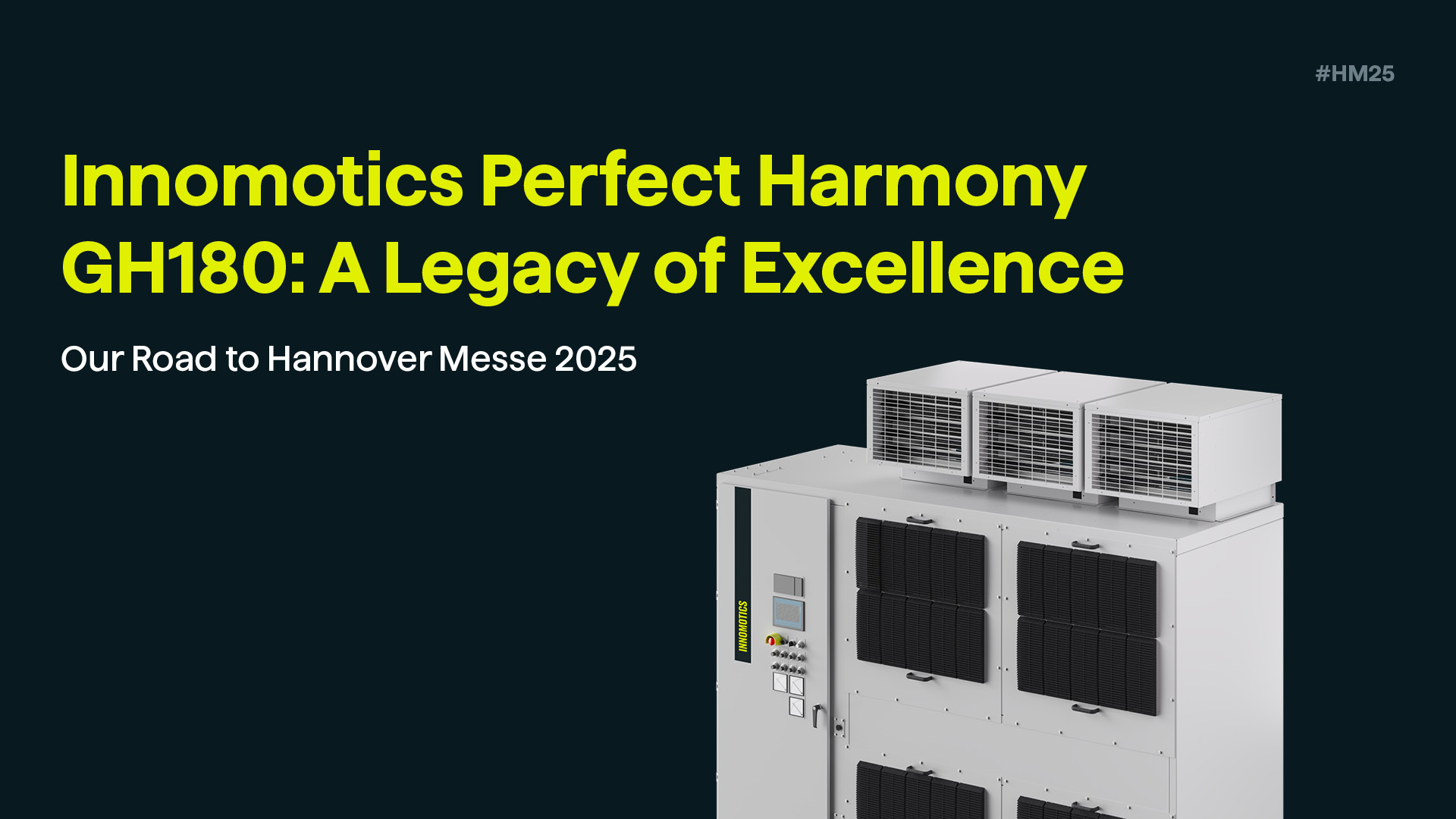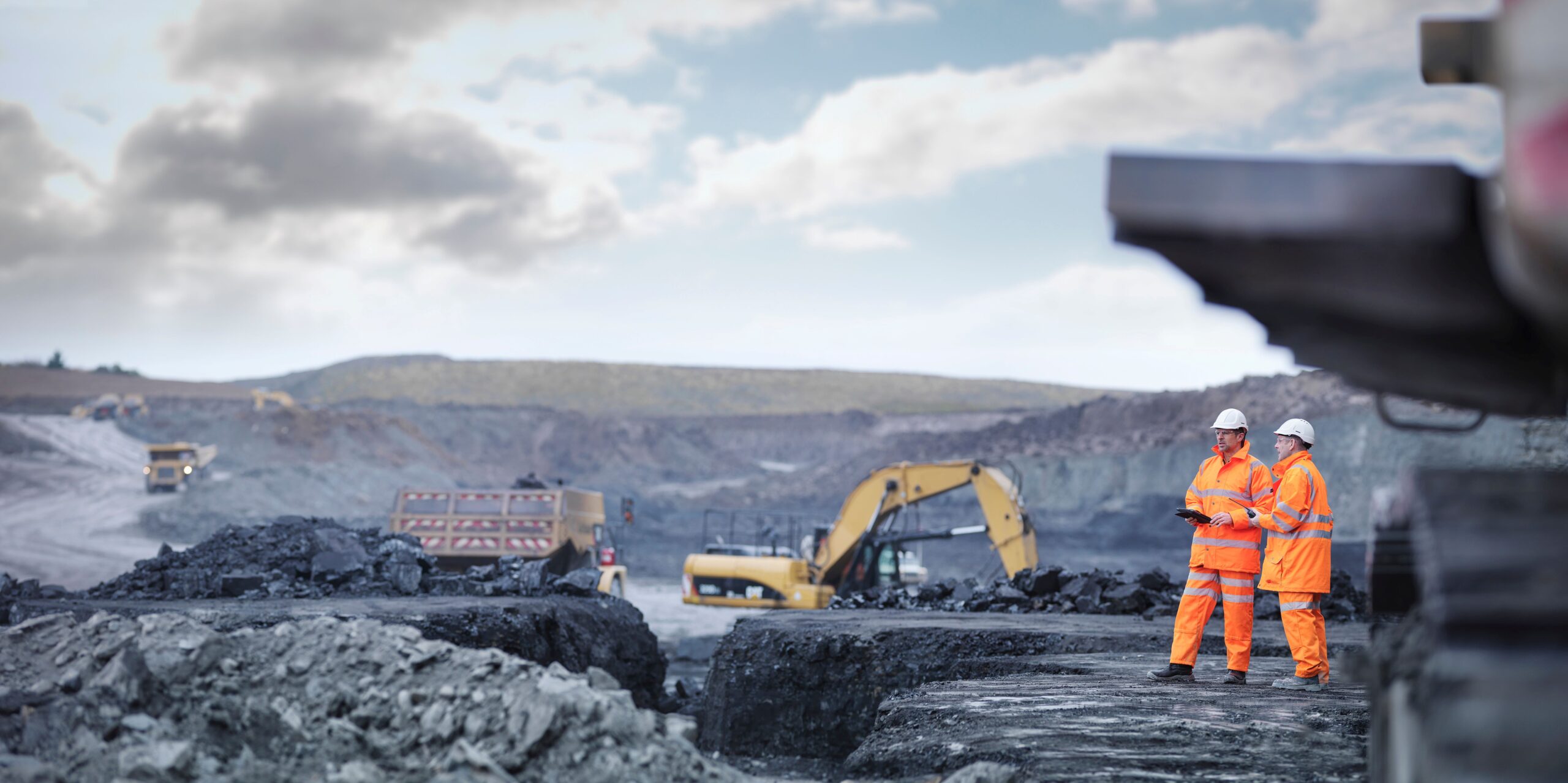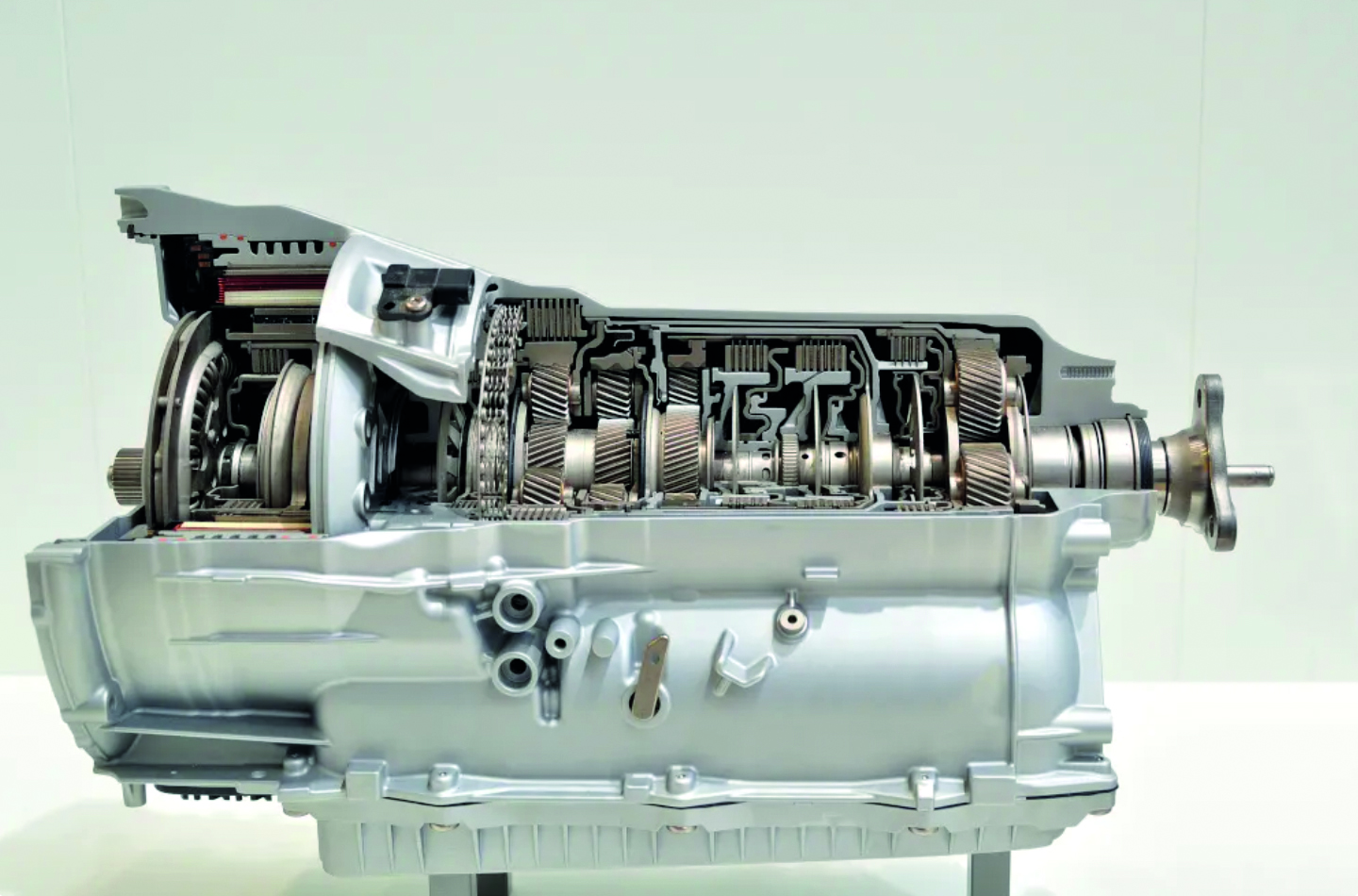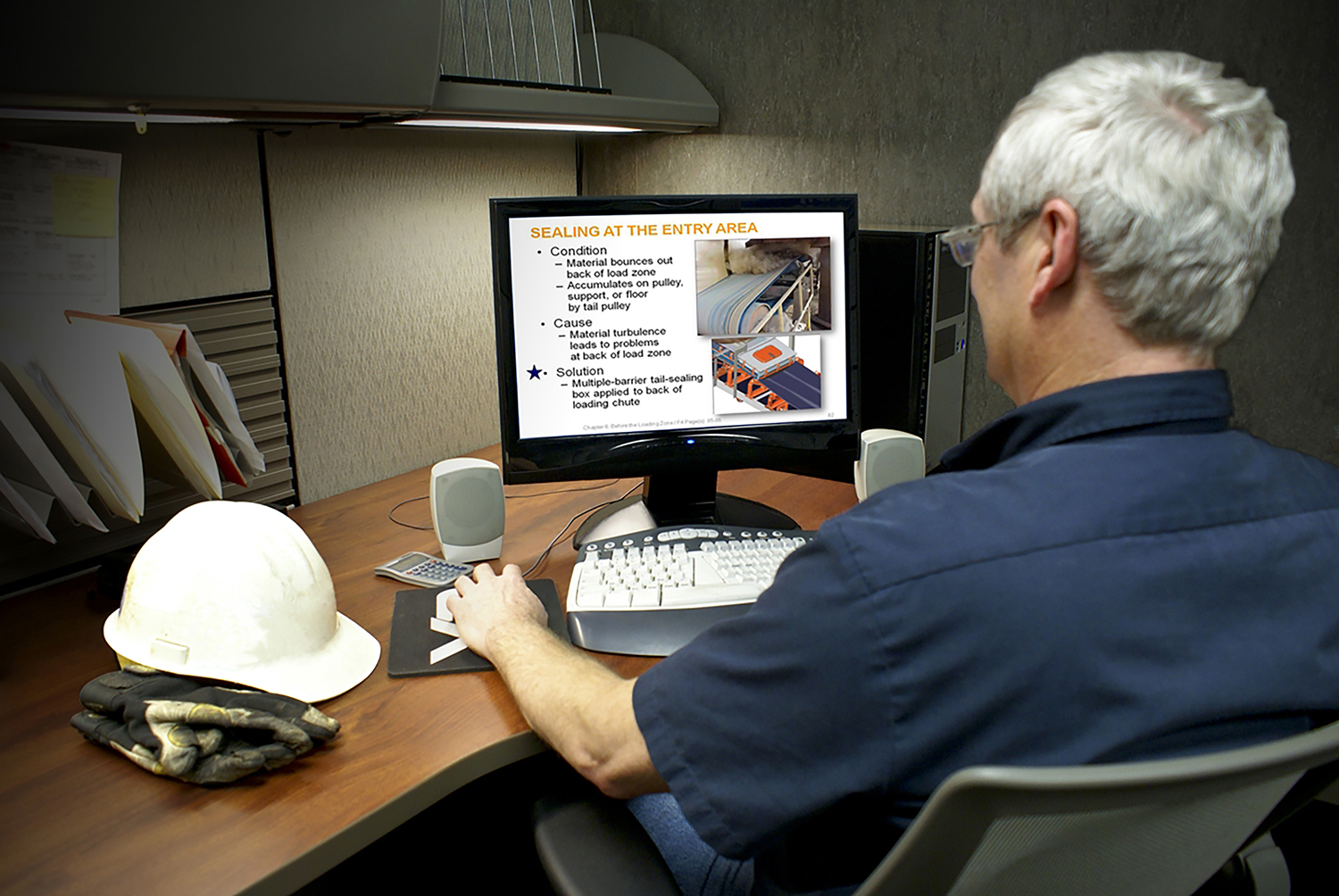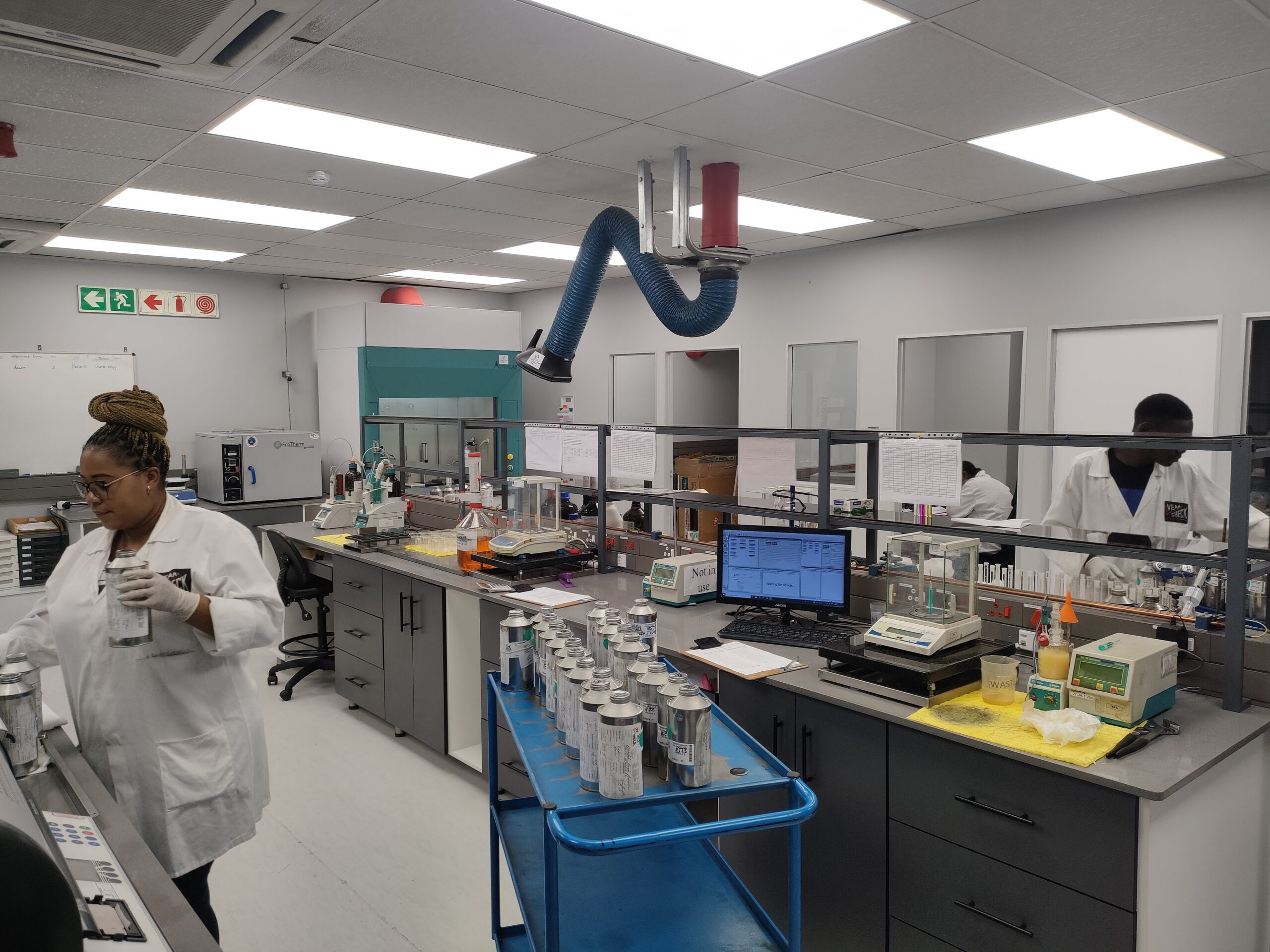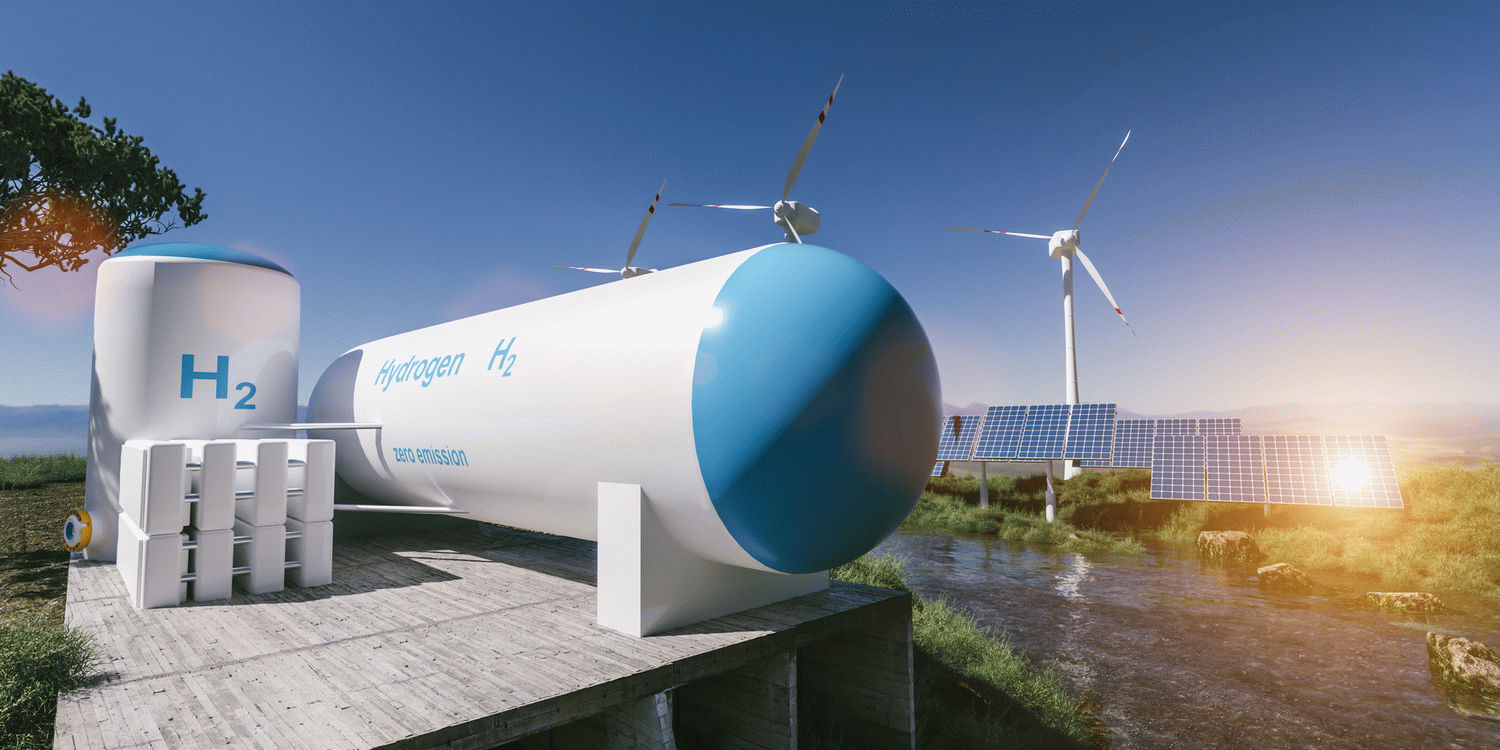
 The mining industry’s consistent focus on environmental, social, and governance (ESG) risks, once again a central theme at the Investing in African Mining Indaba, heightened the complexity in evaluating both mineral assets and the companies themselves.
The mining industry’s consistent focus on environmental, social, and governance (ESG) risks, once again a central theme at the Investing in African Mining Indaba, heightened the complexity in evaluating both mineral assets and the companies themselves.
Business models within the mining sector have indeed undergone transformation, shifting from a focus on ESG ‘risk mitigation’ to ‘value creation,’ as noted by Sabine Anderson, Principal Mining Engineer at SRK Consulting in Cardiff, United Kingdom. Anderson was a key member of the global SRK Consulting team at the Mining Indaba in Cape Town, coinciding with the company’s 50th year of service in the mining industry.
The conventional emphasis on shareholder returns has shifted to encompass all six capitals crucial for organisations to create value: financial, manufactured, intellectual, human, social and relationship, and natural,” she explained. “We have observed new mining projects actively incorporating ESG considerations, and as consultants, we play a vital role in supporting these efforts.”
The shift signifies that traditional indicators of value creation such as NPV, IRR, payback, and drawdown are evolving towards a focus on mutual prosperity for all stakeholders. Companies are now integrating ESG into their core pillars and strategies, as explained by Anderson, with ESG commitments being made and publicly disclosed.
ESG credentials
“These trends accompany changes in stakeholders’ interest and behaviour, where there is growing concern about the ESG credentials of mineral products,” she said. “The investor focus is now firstly on ESG – especially people, biodiversity and ecosystems – and then in parallel on technical due diligence.”
Shareholders are increasingly involved with company executives, and there’s a heightened focus on ESG in assessing mineral resources and reserves. Worries about the carbon footprint and energy intensity of processes and products extend beyond the mine site to downstream manufacturers and upstream suppliers.
Explosion of standards
“Backing these trends is the surge in new disclosure and performance standards. This places significant pressure on companies to substantiate their performance in alignment with their commitments,” said Anderson.
She emphasised the need for ESG integration in projects starting from the early stages of mineral project development. Risks and opportunities should be integrated across all disciplines, with a specific focus on aligning with relevant standards and transparently disclosing carbon reduction plans.
Optimisation
There were various examples of how mining companies are innovating to more deeply incorporate ESG into their projects and thereby enhance value. For instance, mine plans can be optimised to reduce carbon emissions over the life of the mine through optimising project equipment, designs, and scheduling.
The primary sources of carbon emissions (Scope 1 and 2) on a mine site are diesel consumption, particularly from the mining fleet, and energy consumption, notably from comminution, processing, and hoisting. There are also less significant impacts from consumables such as explosives and reagents. While Scope 3 is relevant, data is currently lacking as the industry is working to improve reporting in this area.
“Pit selection can be fine-tuned during the optimisation stage to minimise mining waste,” she explained. “In the EU, we collaborate with clients to design projects with minimal footprints. Strategies include underground storage of waste rock and tailings, along with selling waste rock as aggregate to avoid on-surface storage. The adoption of electric mining equipment underground is also becoming more widespread.”
SRK Consulting remains committed to innovating various engineering and scientific solutions to meet the evolving demands of the mining industry. The company took a significant step almost 30 years ago by hiring its first social and development specialist, recognising the growing importance of issues that are now collectively grouped under ESG practices.
SRK is integrating the latest research into our mining studies and consulting, to target not only economic optimisation but also align with decarbonisation goals through mining strategy, design, and equipment selection. Underground projects have an advantage due to generally lower production rates and the utilisation of electric and battery-electric equipment. Open-pit projects are advancing with diverse options to reduce carbon emissions, adapting to the rapidly changing landscape of battery-electric equipment, as well as incorporating combinations of trolley assist and in-pit crushing and conveying. SRK’s studies also include considerations for renewable energy supply options, alongside factors such as zero groundwater withdrawal.


